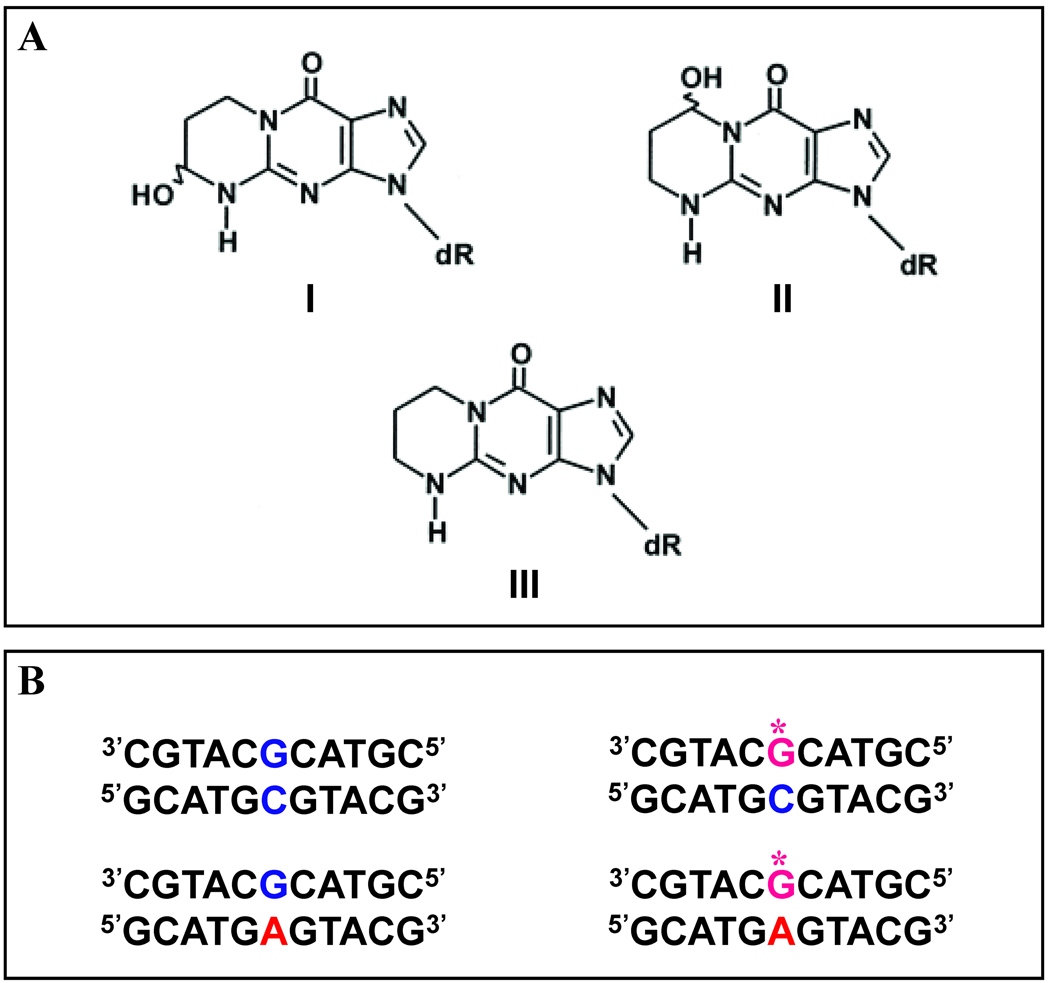Figure 1. Chemical Structures of Acrolein Adducts and DNA Host Duplexes.
A. The regioisomers of hydroxy-propanodeoxyguanosine designated as α-OH-PdG (I) and γ-OH-PdG (II) compared with the stable analog PdG (III). B. The exocyclic damaged G (α-OH-PdG) represented by G* is embedded as the central base within an 11-mer deoxyoligonucleotide that is hybridized with 5’GCATGCGTACG3’ or 5’GCATGAGTACG3’ to yield the α-OH-PdG·C or α-OH-PdG·A duplexes, respectively. The 11-mer host duplexes designated as the G·C Parent and G·A Mismatch appear on the left, while the damaged α-OH-PdG·C and α-OH-PdG·A duplexes designated as G*C and G*A appear on the right.

